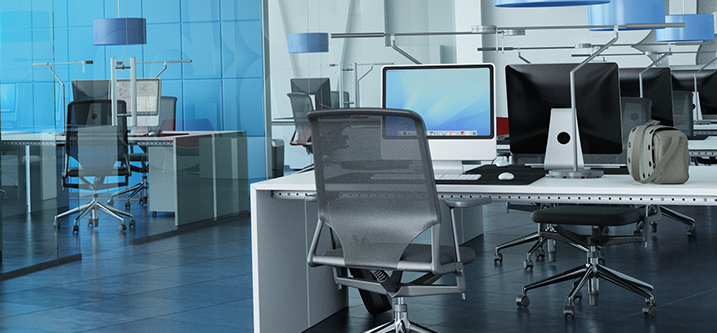LED applications covering lighting and disinfection have become crucial technologies to support people’s safety when COVID-19 is still posing a threat globally. During the pandemic, technology builders continue to enhance applications and create new possibility to leverage the functions of LEDs aiming to provide safer environments for people.
Enlighted, a IoT platform provider, added workplace digital contact tracing application to its IoT platform to help employees return safely to manufacturing facilities, pharmaceutical labs, offices and more. The application provides digital contact history for employees who self-report testing positive for COVID-19 to help reduce the spread of infection, keep healthy employees safe and productive, and eliminate the tedious, expensive and error-prone manual contact tracing process for employers.

(Image: Enlighted)
The Enlighted solution provides employers with location and proximity data to identify who an infected employee came in contact with inside the workplace, for how long and what areas they visited. The data is used to inform employees who might be at risk of infection and also drives sanitization efforts in areas the infected employee utilized. The application’s dashboard provides information on contacts in the building to assist management in developing safer workplace strategies. Additionally, it identifies how many close contacts are happening in a time period and location to proactively manage risk. At the same time, as users are marked with anonymous IDs, the solution does not disclose personal information to ensure data privacy.
The system can be added with sensors in LED lighting or through the new USB-powered surface sensor, which can be easily applied under desks or in conference rooms.
“The important role of IoT technology in buildings has been further magnified by the COVID-19 pandemic,” said Stefan Schwab, CEO of Enlighted, a Siemens company. “The Enlighted sensory system can now provide digital contact tracing. It also lays the foundation for future-proofed buildings ready to help us understand with real-time data the changing nature of our at-work experiences and meet challenges beyond COVID-19.”





 CN
TW
EN
CN
TW
EN






